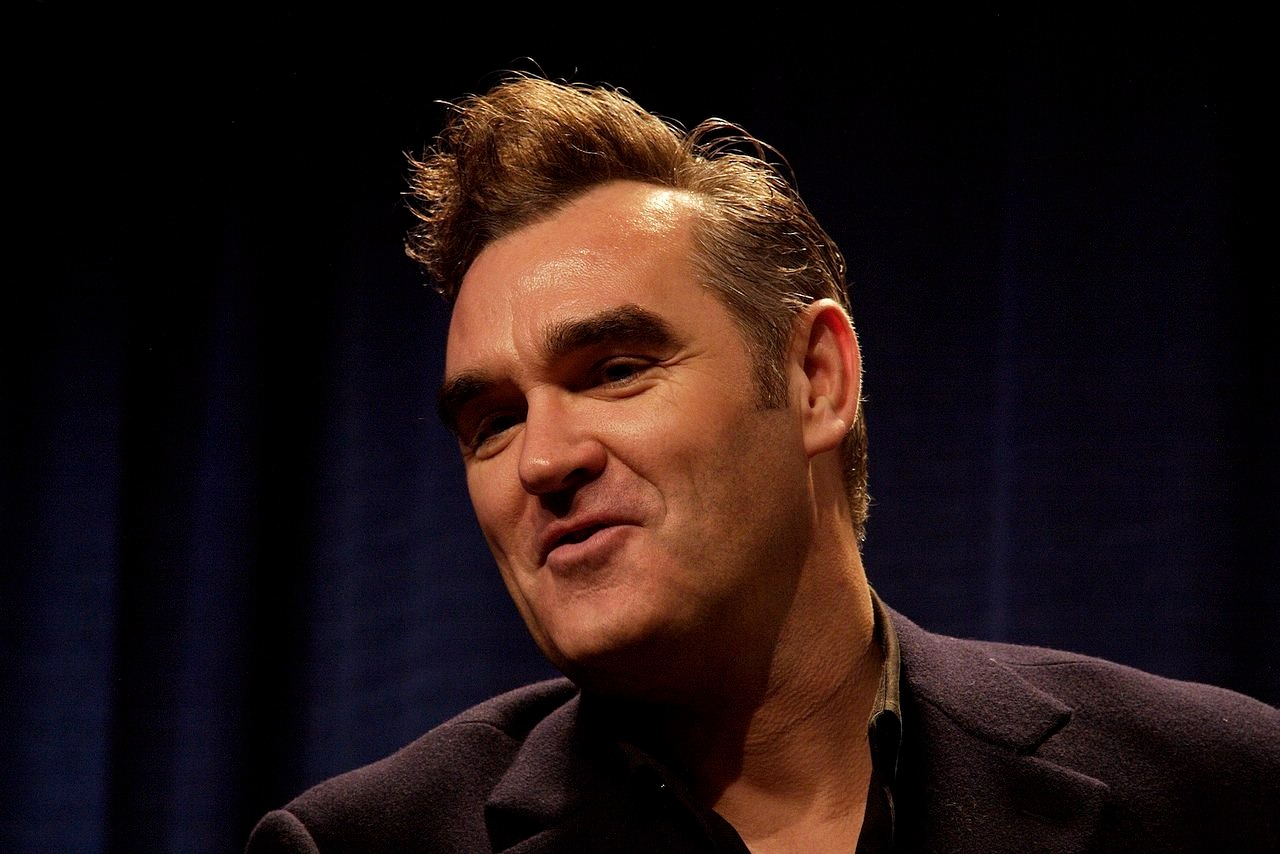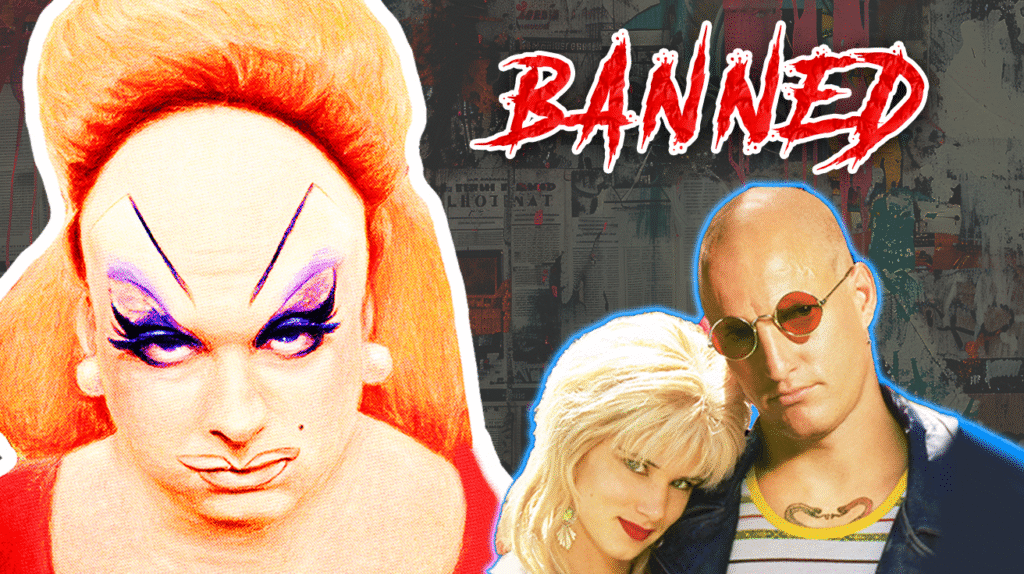
When governments, religious leaders, and moral guardians unite against a movie, you know it’s hit something raw. These films did more than push boundaries—they obliterated them, creating controversies that echo decades later.
From religious blasphemy to extreme violence, each title represents cinema’s most dangerous territory. These are films that entire nations tried to erase, proving that sometimes forbidden art becomes the most unforgettable.
15. Saw VI (2009)
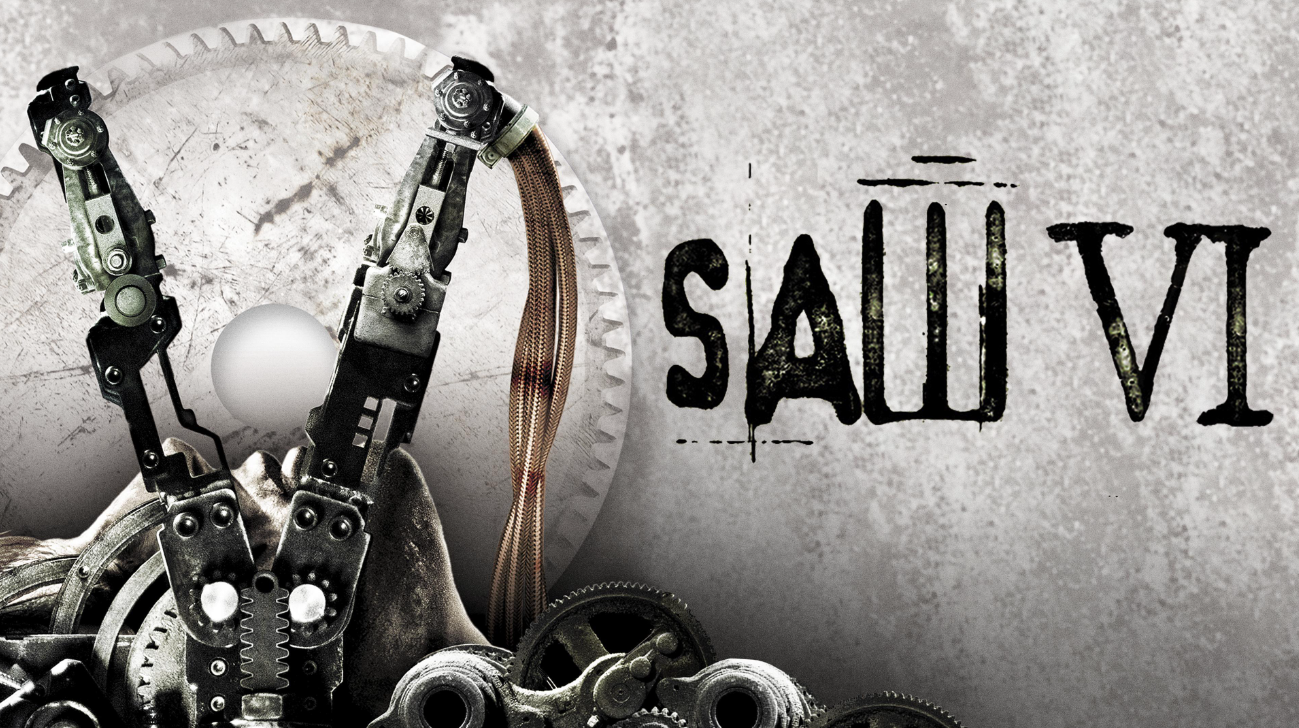
Horror fatigue plagued audiences until Jigsaw’s twisted morality games pushed torture porn to new extremes. Thailand and Malaysia banned Saw VI outright for sadistic violence, while Spain initially restricted it to adult theaters before allowing a censored version. The franchise’s success revealed that audiences craved increasingly graphic content, with each sequel escalating the gore and psychological torment.
This installment focused on healthcare corruption, adding social commentary to the signature death traps and moral choices. The film maintained the series’ box office appeal while critics debated whether such extreme content served any artistic purpose. If you’re seeking cinema that tests your stomach and your morals, the Saw franchise delivers both in equal measure.
14. The Human Centipede (2009)
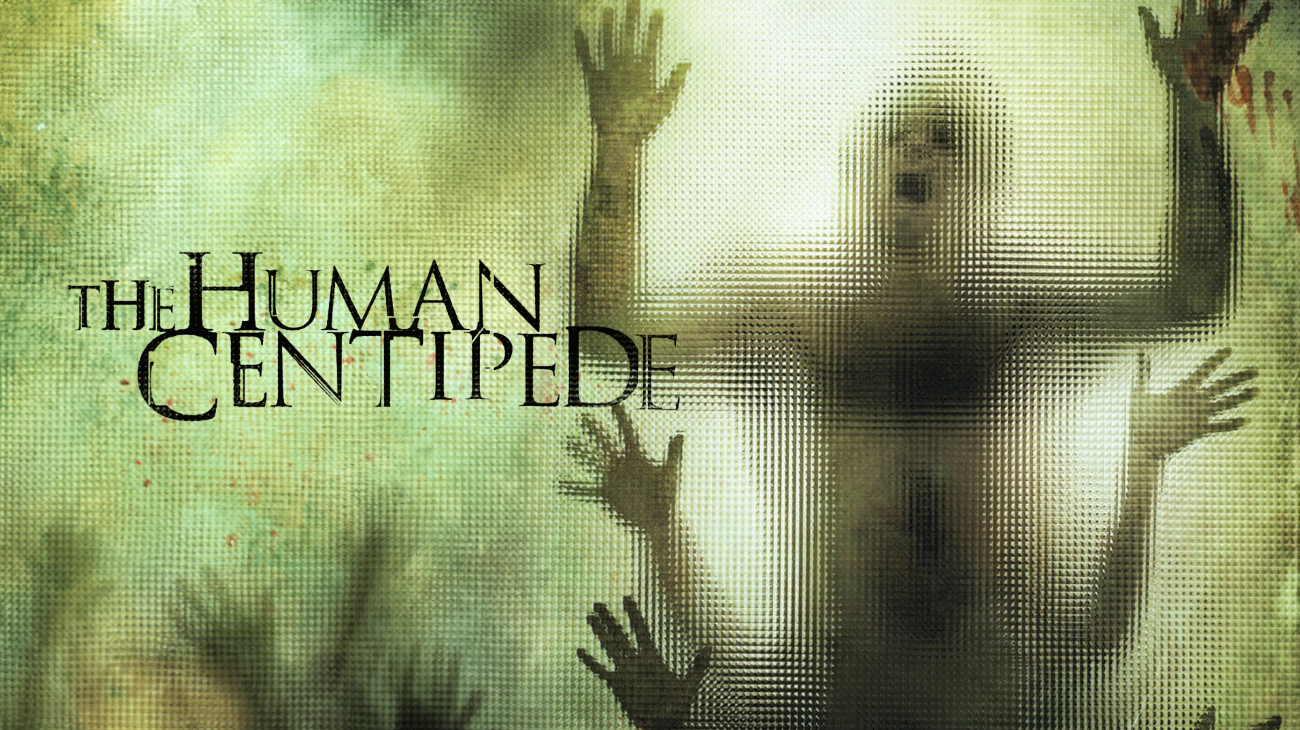
Three people surgically connected mouth-to-anus sounds like someone’s fever dream gone horribly wrong. Australia and New Zealand issued restrictive R18+ ratings for this nightmare fuel, citing extreme disgust and psychological harm. The film’s mad scientist premise became a pop culture reference point for discussing the absolute limits of cinema.
Director Tom Six crafted something so deliberately disturbing it transcended horror into pure shock art. Sometimes, disturbing ideas generate lasting conversations, and this grotesque concept continues haunting viewers years later. Extreme cinema just got a new benchmark for crossing the line.
13. Haxan: Witchcraft Through the Ages (1922)
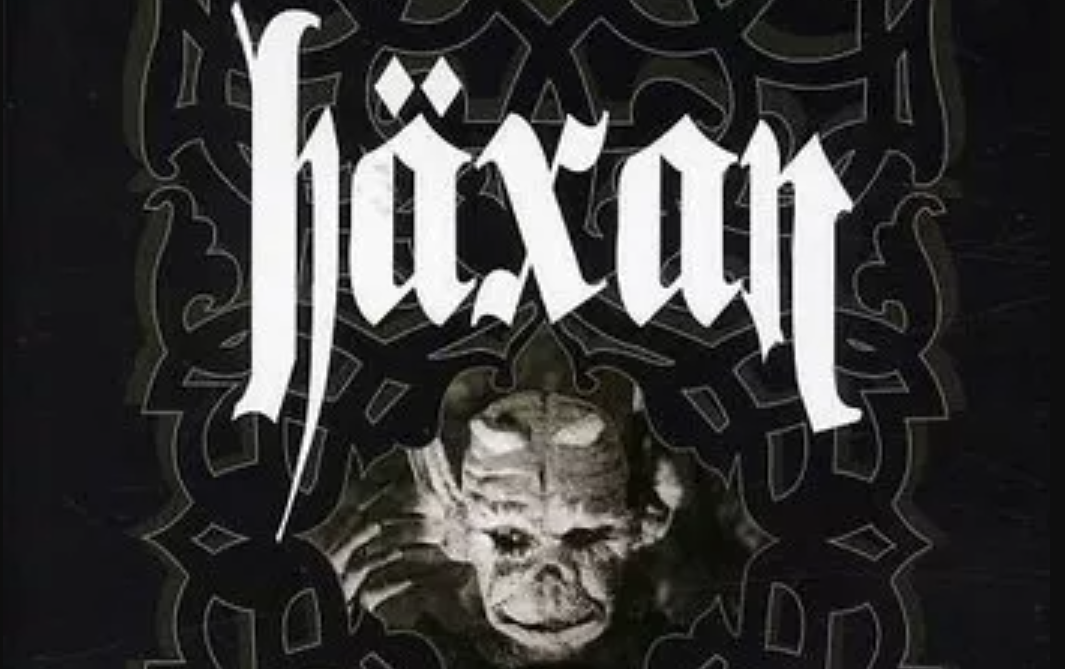
If you’re studying film history, this silent film mixed documentary footage with horror dramatizations about witchcraft persecution. Early censors banned it in the United States and elsewhere for graphic nudity and blasphemous imagery depicting satanic rituals and medieval torture methods. Benjamin Christensen produced the most expensive Scandinavian film of its era, blending educational content with shocking visuals that predated modern horror techniques.
The film’s innovative special effects and surreal sequences influenced generations of filmmakers, from horror masters to avant-garde artists. Modern critics hail it as groundbreaking cinema that pushed technical and thematic boundaries. Educational documentaries solved the problem of making history memorable through unforgettable imagery.
Many other shocking movie innovations happened earlier than most realize, proving that creativity and controversy have always been closely linked in cinema history.
12. Faces of Death (1978)
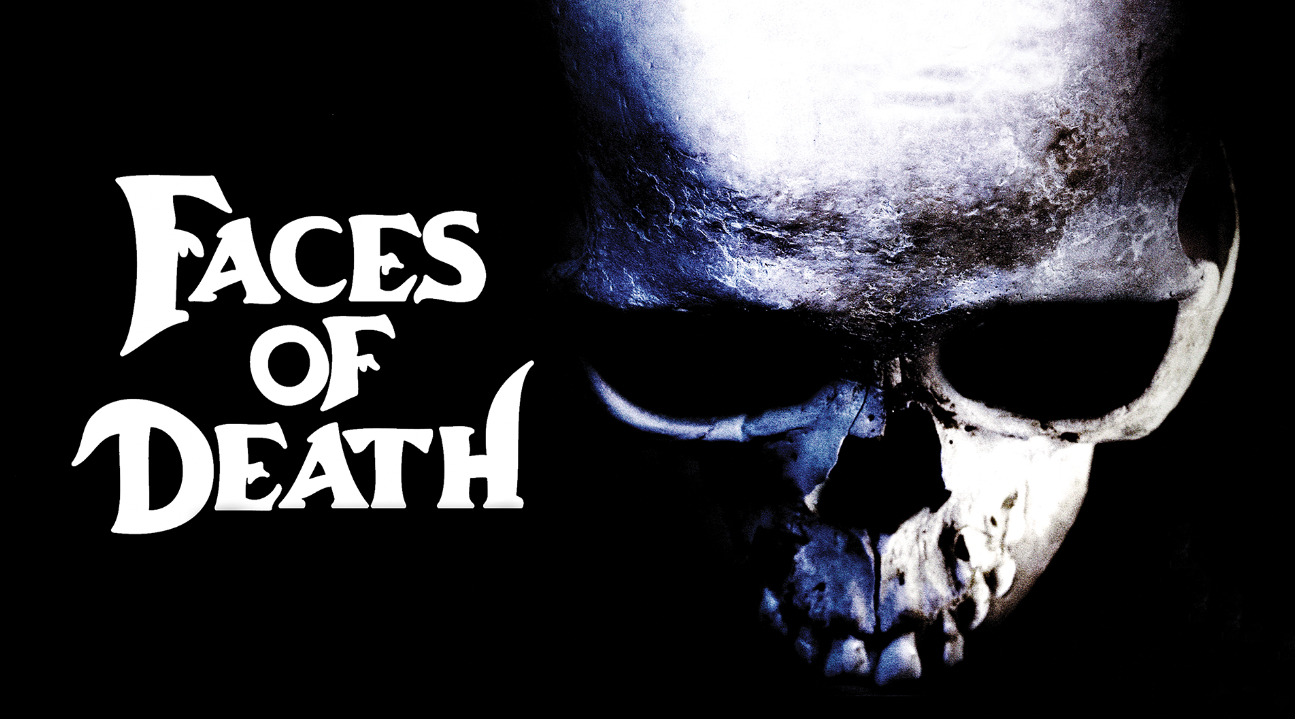
Morbid curiosity drives human nature, but this “documentary” claimed to show real deaths while largely featuring staged scenes. Multiple countries banned it for exploiting mortality and traumatizing viewers with graphic footage of accidents, executions, and autopsies. The film triggered debates about authentic versus fabricated shock content, with audiences unsure what was real versus manufactured for entertainment.
Director John Alan Schwartz established an urban legend about forbidden footage that persisted for decades, influencing countless imitators and mockumentaries. The movie’s success revealed humanity’s morbid curiosity about death and violence, while raising ethical questions about entertainment’s limits. Caught between education and exploitation, this film crossed every line imaginable.
A similar impulse drove the creation—and censorship—of songs banned from radio.
11. The Last Temptation of Christ (1988)
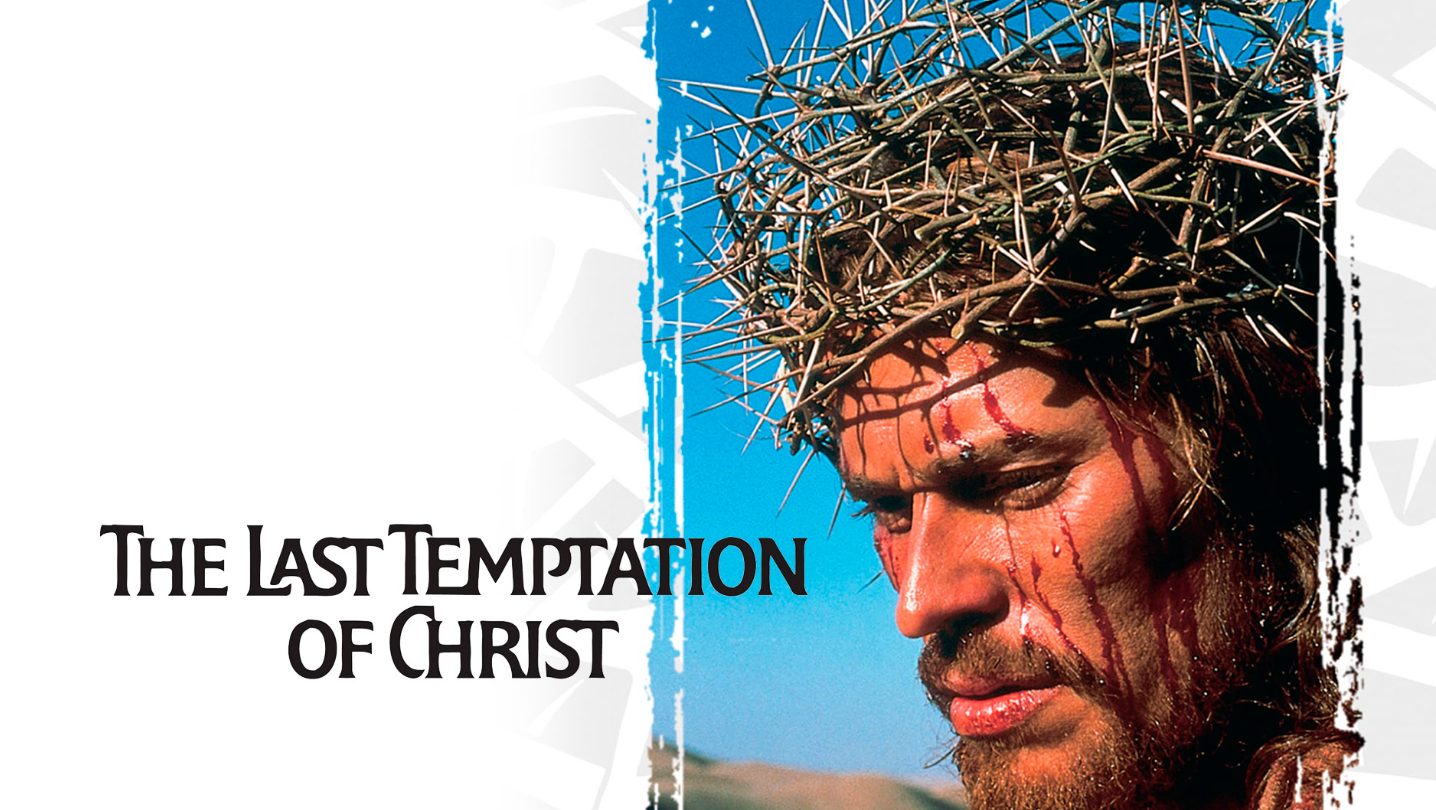
Humanizing religious figures remains cinema’s most dangerous territory, but Martin Scorsese’s Jesus questioned his divine mission and contemplated ordinary life—marriage, kids, mortgage payments. Religious groups erupted in protests, with some theaters receiving bomb threats and violent demonstrations. Greece, Turkey, Mexico, Chile, and Argentina banned it entirely, viewing any humanization of Christ as sacrilege.
The film explored theological questions that mainstream Christianity preferred to avoid, presenting a messiah wrestling with doubt and temptation. If you’re questioning faith and humanity, this film provides the ultimate theological challenge.
10. The Gods Must Be Crazy (1980)
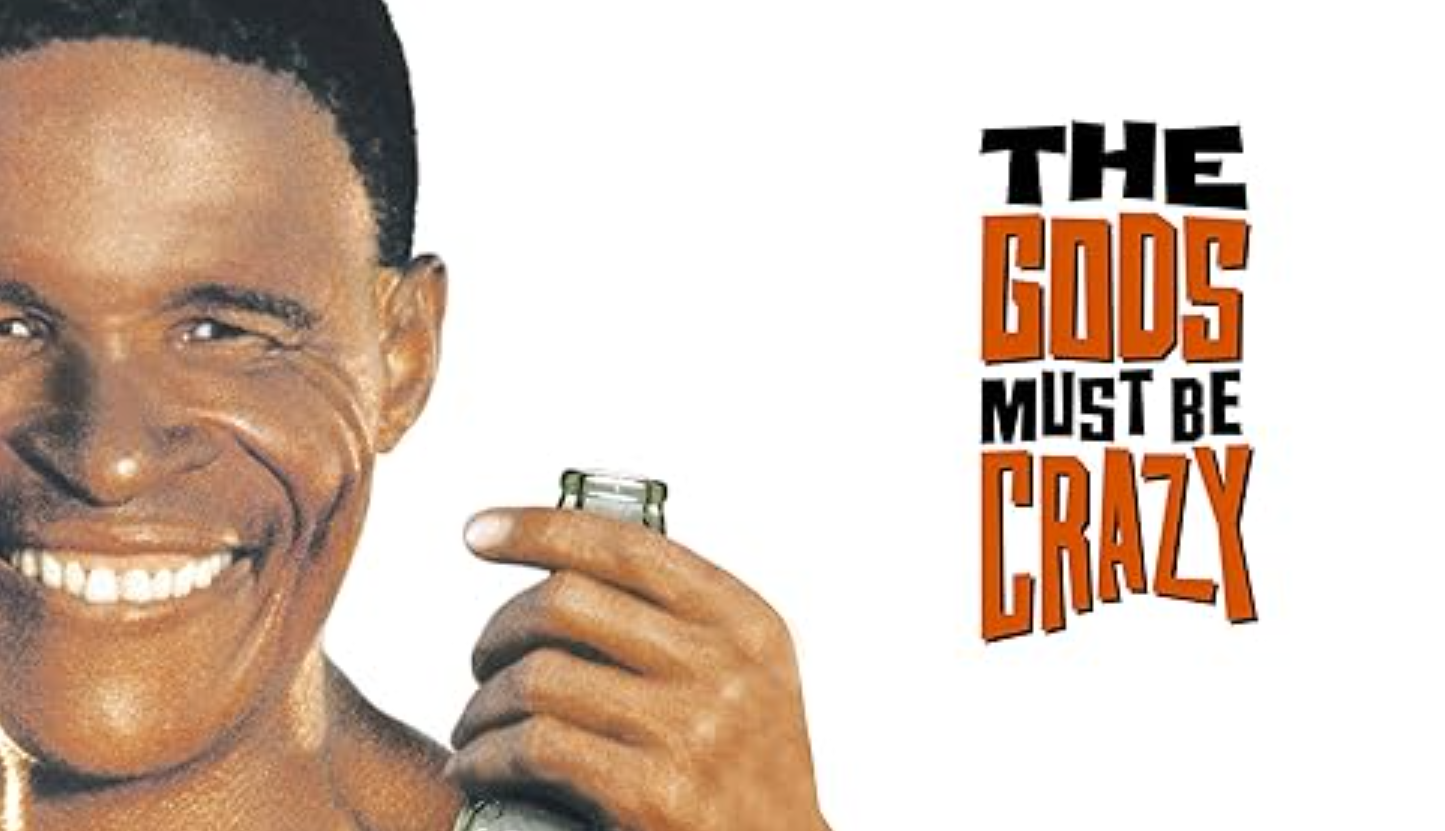
Caught in a cultural collision, a Coca-Cola bottle falling from the sky disrupted an isolated Kalahari tribe’s peaceful existence. Anti-apartheid groups picketed the film in the United States, arguing it reinforced harmful misconceptions about African societies. The comedy’s cultural clash themes felt less funny to those being stereotyped, with critics arguing it perpetuated colonial attitudes toward indigenous peoples.
Jamie Uys’s film achieved international success while drawing accusations of cultural insensitivity and paternalistic storytelling. The slapstick humor masked deeper issues about representation and power dynamics in postcolonial cinema. Cultural representation solved the problem of reaching global audiences while creating new controversies about perspective.
9. Natural Born Killers (1994)
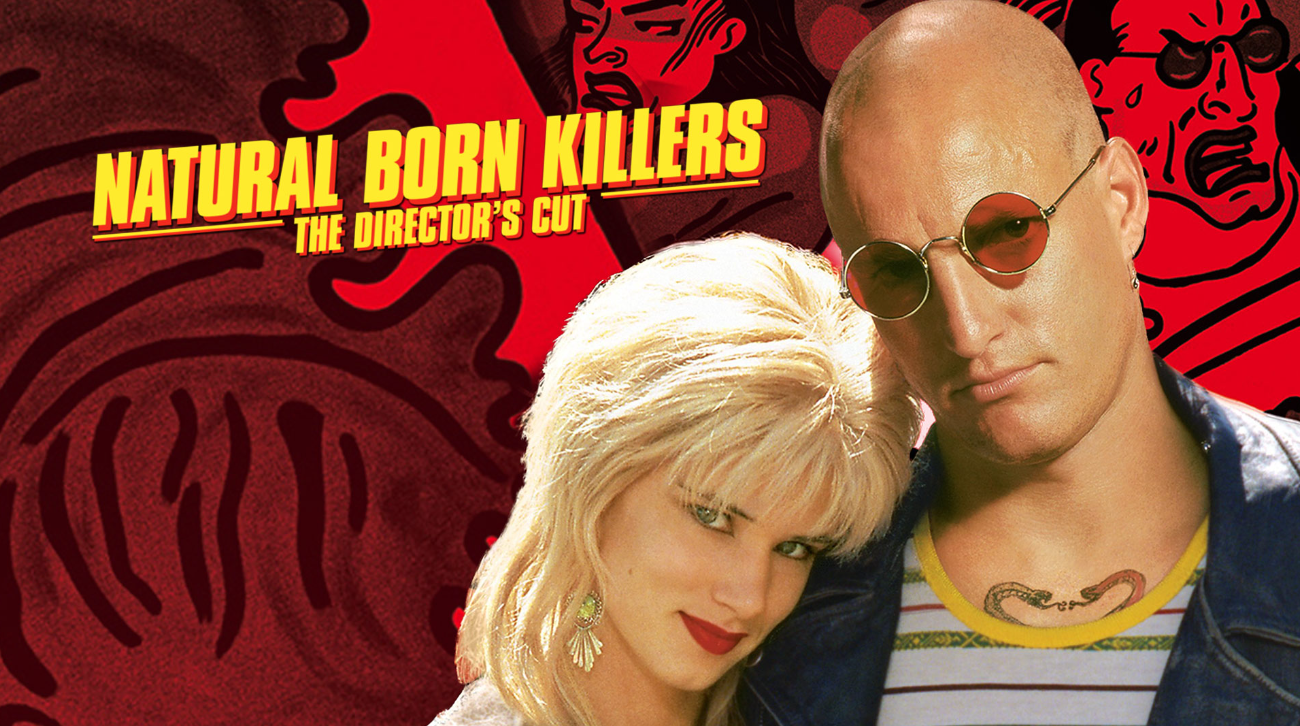
Media satire backfires when Oliver Stone’s film about serial killer celebrities faced bans after copycat crimes emerged. Ireland and parts of Canada restricted it, fearing real-world violence inspired by the film’s graphic content. The movie critiqued media sensationalism while accidentally inspiring the very behavior it condemned, creating an uncomfortable feedback loop.
Mickey and Mallory’s killing spree became a cultural phenomenon, with their celebrity status reflecting society’s obsession with violent entertainment. Art’s power to influence reality remains terrifyingly unpredictable, and this film stands as a complex example of how satirical intent can be overwhelmed by unintended consequences and moral panic. Media criticism transforms into the very monster it attempted to expose.
8. Heaven’s Gate (1980)
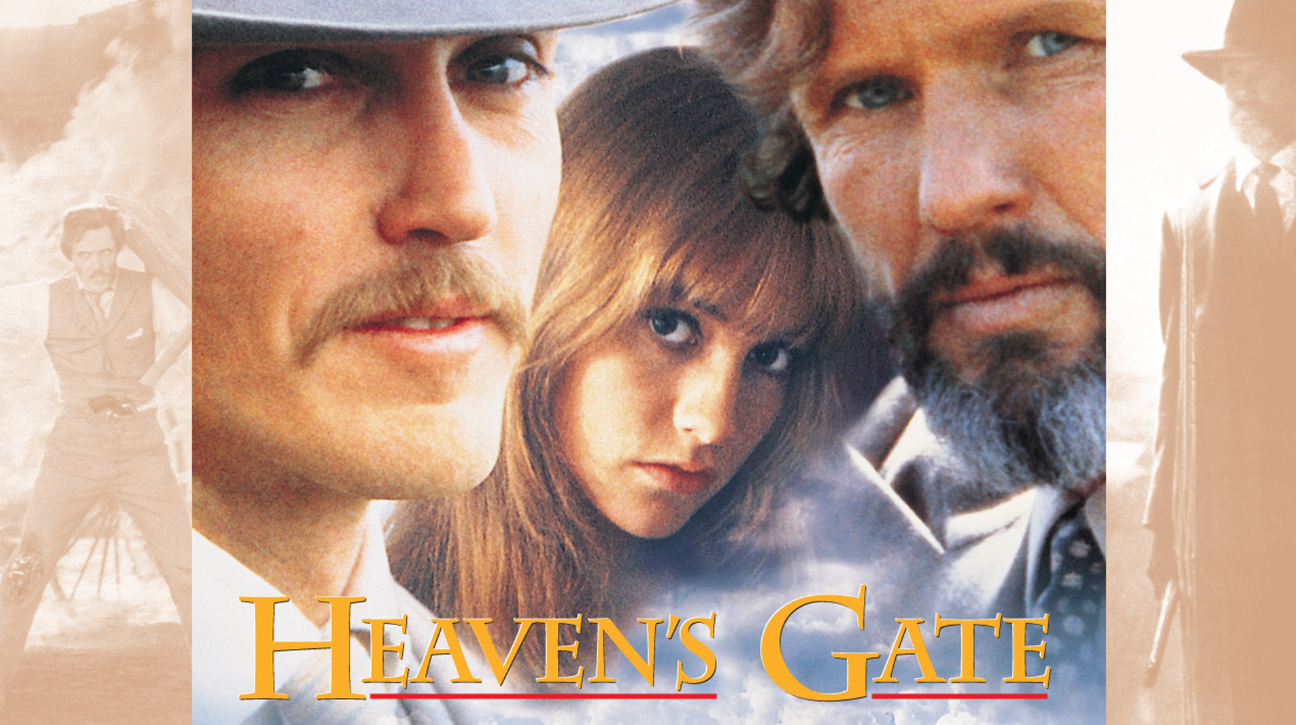
Epic filmmaking ambitions crashed when Michael Cimino’s Western faced censorship for alleged animal cruelty rather than religious content. The three-hour runtime tested audiences’ patience while its controversial production methods drew condemnation from animal rights groups. Reports of horses being killed during filming sparked immediate backlash and calls for boycotts.
Despite being a commercial disaster that nearly bankrupted United Artists, the film later gained cult status among cinephiles. Sometimes artistic ambition crashes spectacularly before finding redemption, and Heaven’s Gate became the poster child for Hollywood excess gone wrong—like cryptocurrency, but with actual horses dying. Epic filmmaking solved the problem of telling grand stories while creating even grander disasters.
7. Monty Python’s Life of Brian (1979)
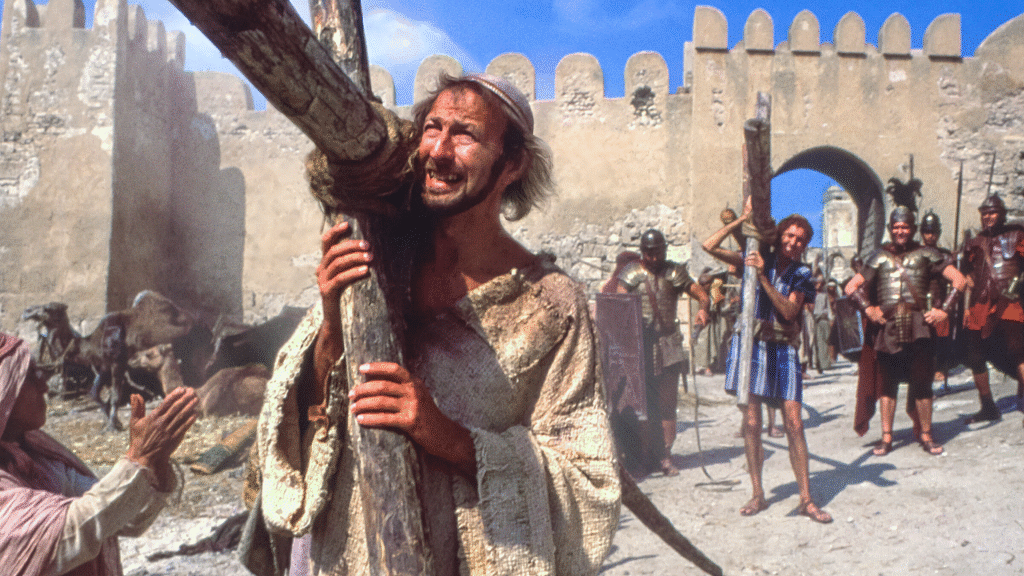
Biblical comedy reaches dangerous ground when this parody ignited religious outrage across Ireland, Norway, and several UK cities. The Python troupe insisted they weren’t mocking Jesus directly, but authorities weren’t buying their explanations about satirizing religious fanaticism instead. Protests erupted at theaters, with Christian groups organizing boycotts and demanding censorship.
The film’s wit and irreverence made it a comedy classic, turning religious satire into high art through brilliant wordplay and absurdist humor. Sometimes the funniest jokes cut deepest, and Life of Brian remains a touchstone for discussions about blasphemy, free speech, and comedy’s power to challenge sacred beliefs. Sacred comedy just found its most controversial masterpiece.
6. The Dictator (2012)
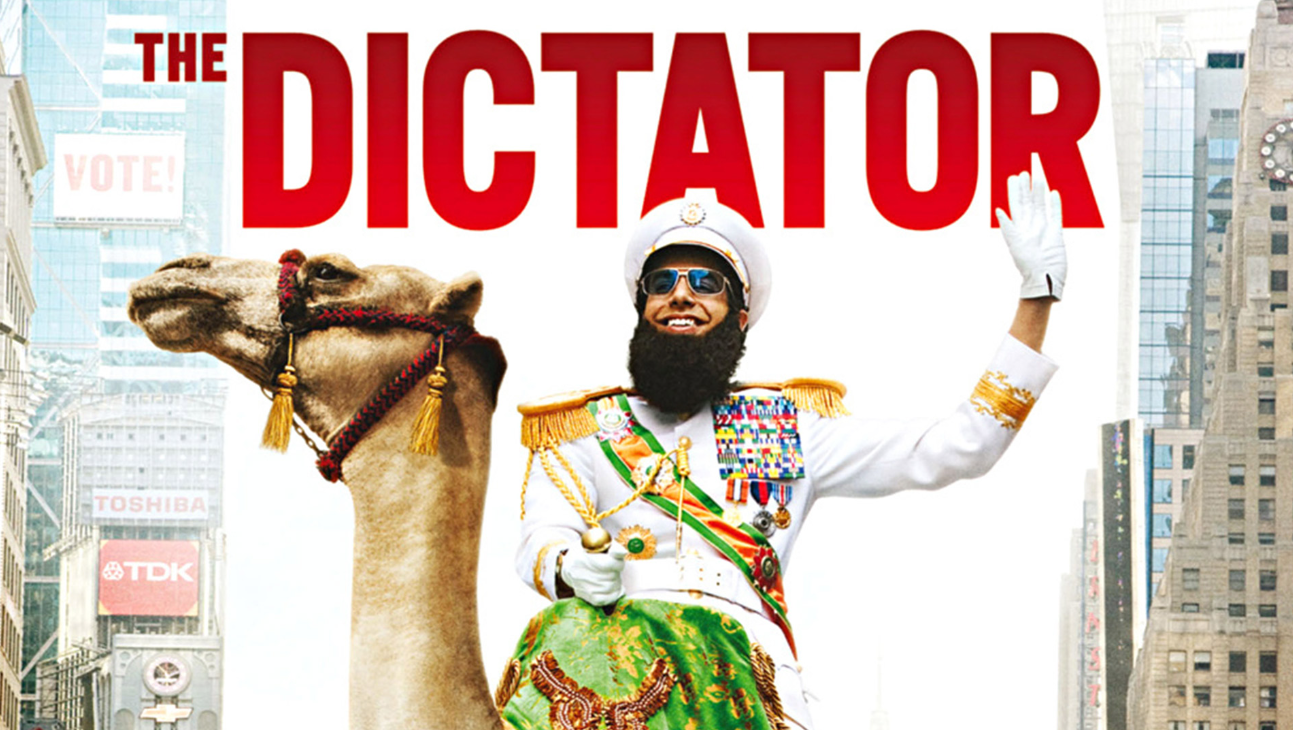
If you’re a real dictator, Sacha Baron Cohen’s ruthless satire hits too close to home for comfort. Central Asian countries including Tajikistan, Turkmenistan, and Kazakhstan banned it for mocking authoritarian regimes. The film’s portrayal of fictional despot Admiral General Aladeen drew accusations of racism and political insensitivity from government officials across the region.
Baron Cohen’s trademark provocative humor exposed how thin-skinned real dictators can be when faced with satirical criticism. Effective satire always draws blood from its targets, and this comedy weaponized laughter against oppressive regimes while triggering discussions about comedy’s responsibility in political discourse—basically Twitter roasting, but with nuclear weapons at stake. If you’re tired of diplomatic comedy, this film delivers direct political confrontation.
5. The Human Centipede 2: Full Sequence (2011)
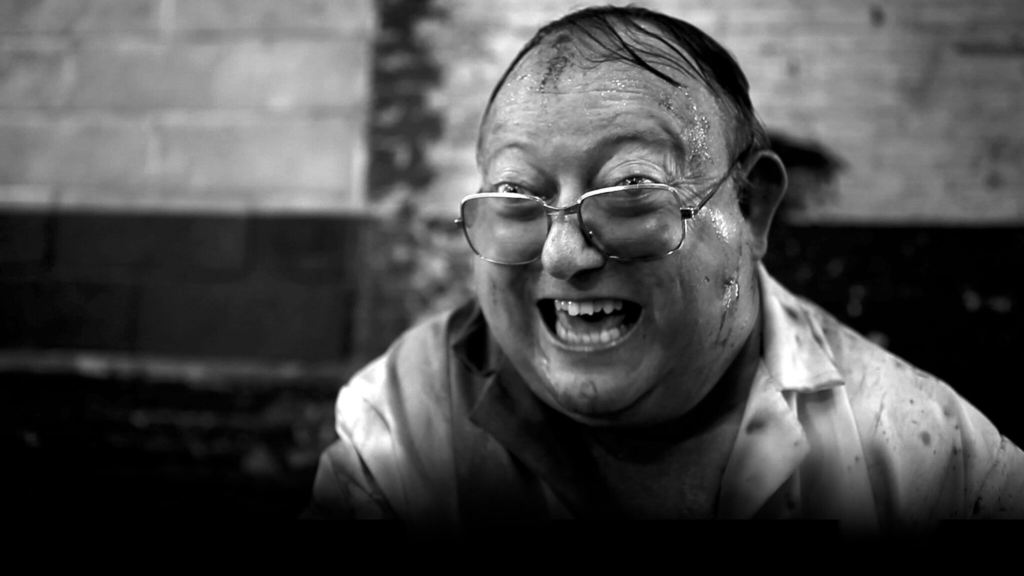
Sequel syndrome destroys franchises, but this escalated everything wrong with the original concept. UK, Australia, and most of Europe banned this black-and-white nightmare immediately, with censors describing it as harmful to public mental health. Director Tom Six constructed a longer, more disturbing centipede while adding layers of meta-commentary about horror film consumption.
The film featured a mentally disturbed fan recreating the original’s premise with even more grotesque results. Forty-six countries refused to screen it, making it one of the most universally rejected films in cinema history. Some ideas are too extreme even for extreme horror fans, and this sequel demonstrated that artistic extremism can obliterate all acceptance—think Marvel multiverse, but for human suffering. Global rejection reached its most comprehensive consensus.
4. Maus (2022)
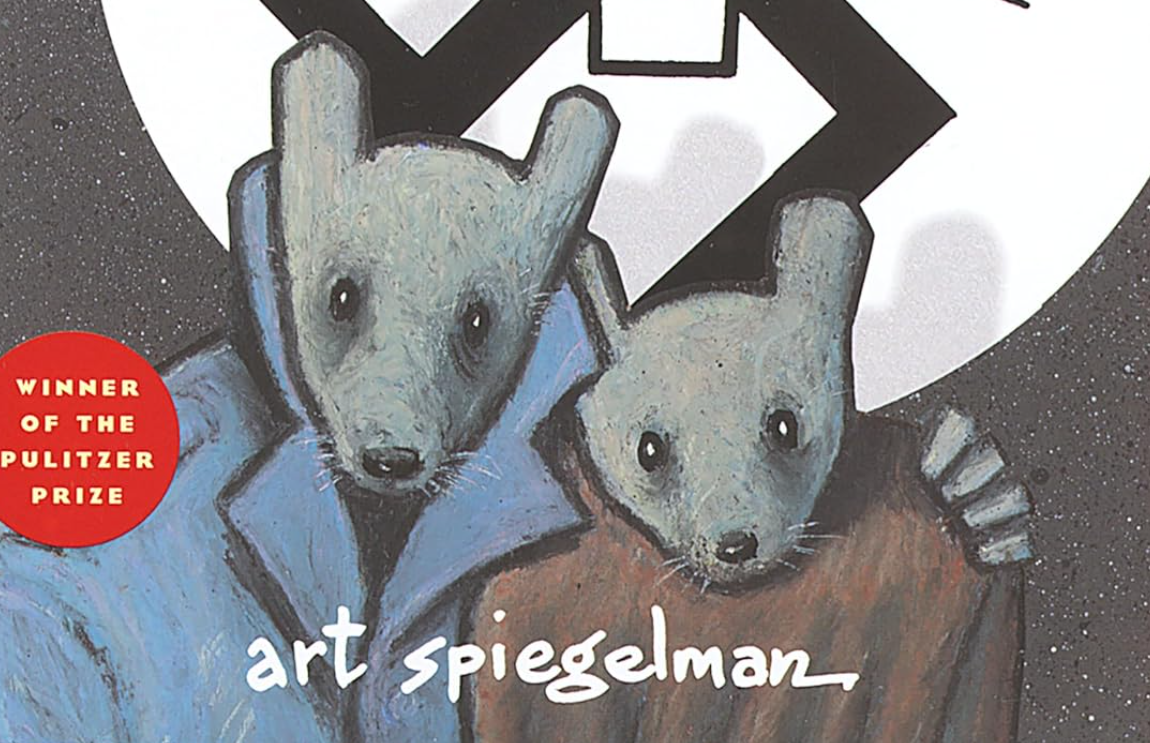
Educational censorship strikes when Art Spiegelman’s Holocaust allegory used mice and cats to represent Jews and Nazis in this graphic novel adaptation. The McMinn County School Board in Tennessee removed it from curriculum, citing concerns over language and nudity, despite its educational value and Pulitzer Prize pedigree. The anthropomorphic approach triggered heated debates about whether such representation trivializes historical trauma or makes it more accessible.
Parents and educators clashed over age-appropriate Holocaust education, with some viewing the animal metaphors as diminishing the gravity of genocide. Sometimes softening harsh realities generates harder conversations about memory, trauma, and how we teach history’s darkest chapters. Caught between education and sensitivity, this adaptation sparked America’s latest censorship battleground.
3. The Da Vinci Code (2006)
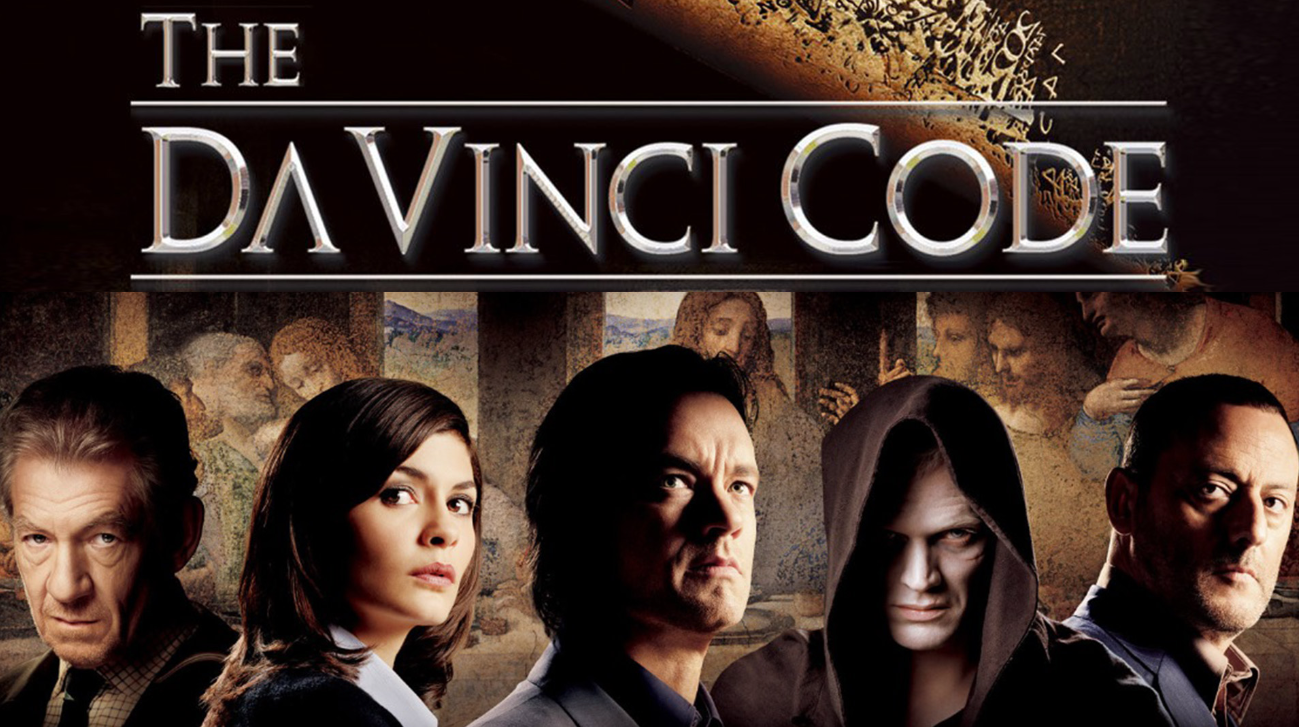
Religious conspiracies explode when this Tom Hanks thriller dared suggest Jesus had a secret family with Mary Magdalene, turning biblical history into a conspiracy theory. Several Indian states including Punjab and Goa imposed bans following Christian group protests, while Lebanon saw widespread demonstrations against the film.
The Vatican publicly criticized the film’s content as misleading fiction disguised as historical fact. The controversy ironically made the film more compelling than its actual plot, proving that nothing boosts box office numbers like religious outrage and forbidden content—basically the Streisand effect, but with crucifixes. Religious controversy transforms mediocre mysteries into must-see cinema.
2. American Sniper (2014)
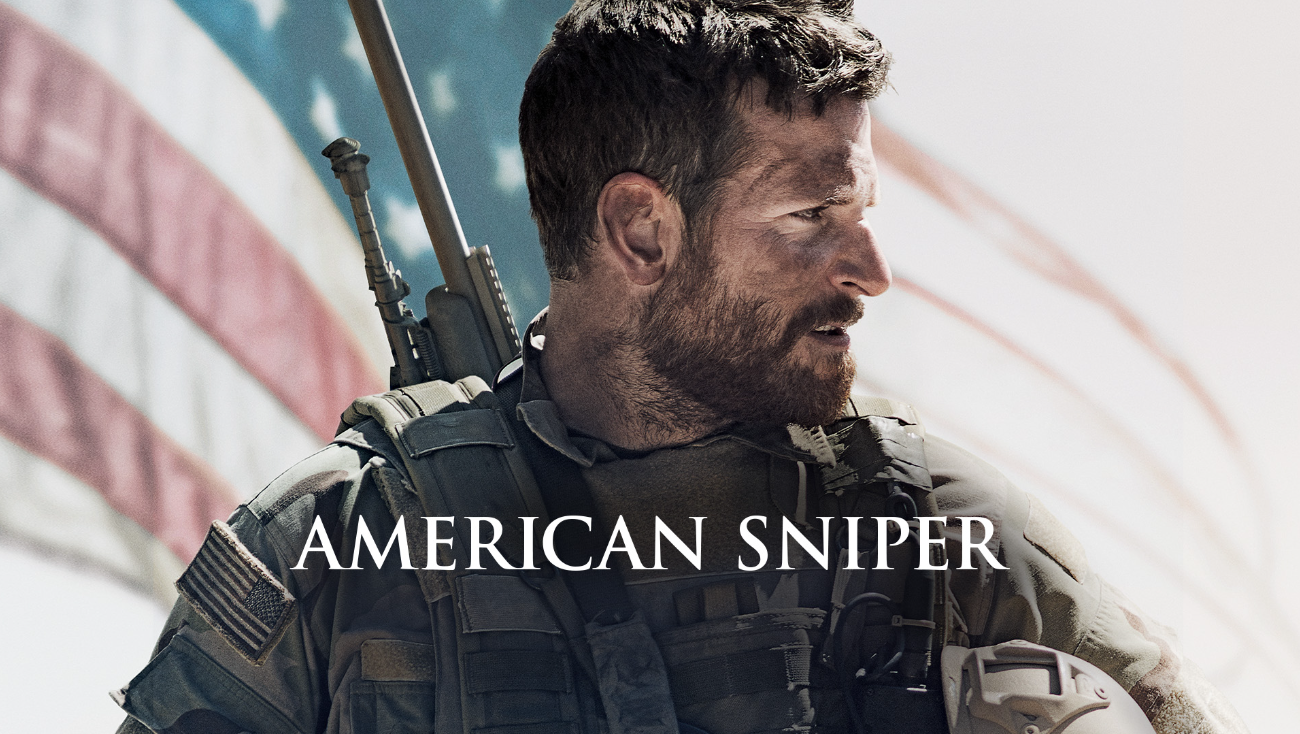
War propaganda accusations followed Clint Eastwood’s drama that presented a distinctly American perspective on Middle Eastern conflicts. Baghdad cinemas pulled the film following public complaints about its portrayal of Iraqis, while critics argued it promoted dangerous nationalism and Islamophobia. The film portrayed Chris Kyle as a heroic figure amid growing international controversy.
Bradley Cooper’s performance earned acclaim, but the narrative’s political implications initiated heated debates. The film grossed over $540 million while prompting discussions about wartime propaganda and Hollywood’s role in shaping public opinion. Different perspectives create different truths, and this biopic became a cultural battleground for competing narratives about American military intervention. War storytelling solved the problem of honoring heroes while creating international diplomatic incidents.
1. Pink Flamingos (1972)

If you’re seeking the ultimate transgressive experience, Divine eating actual dog feces on screen wasn’t performance art—it was a declaration of war against good taste. Australia, Norway, and parts of Canada banned this midnight movie masterpiece for explicit sexual content and extreme gross-out humor. John Waters designed something so deliberately offensive it became legendary, crossing lines that most filmmakers wouldn’t dare approach.
The film celebrates bad taste as a form of rebellion against social norms and conventional morality. Sometimes, the most revolting films achieve immortality by refusing to apologize for their transgressive nature, inspiring generations of filmmakers to challenge acceptable limits. If you’re seekinga cinema that obliterates every boundary of decency, this film delivers the ultimate transgressive experience.











